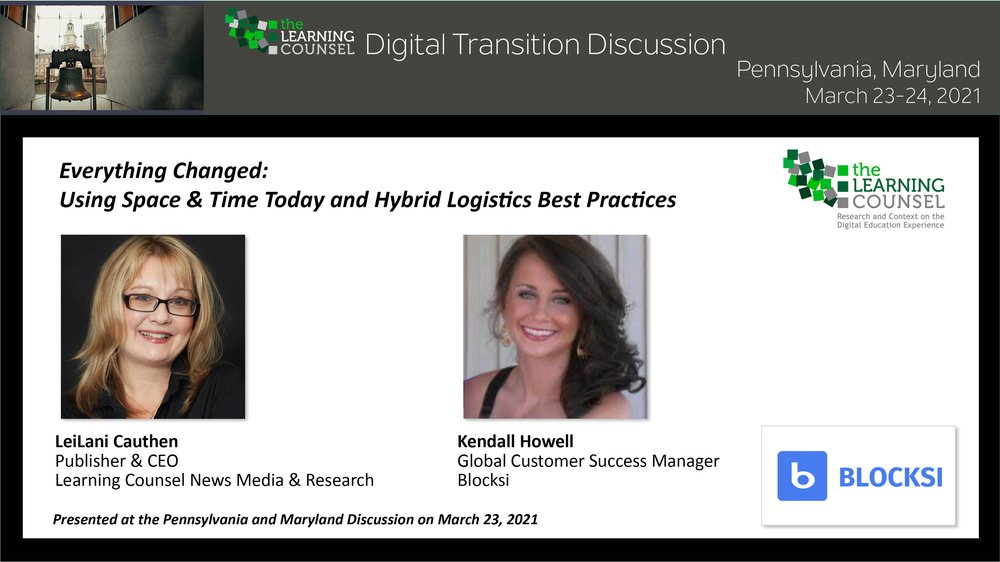Years from now, when we look back at this time, we will recognize it as the period in public education when everything changed. In essence, the pandemic was a catalyst for many of the changes that needed to be made for years. In a little more than a year, public education has modernized, now resembling an efficient tech company more than a 150 year-old education system.
The changes are undeniable and often surprising, and according to LeiLani Cauthen, CEO and Publisher at the Learning Counsel, “We did a survey in January, and we found 15 percent of students have opted out of re-enrollment to traditional public education. This is such a big number in one year that we didn't believe it. However, when we looked at who responded and the data points on it, we determined this is accurate. So the other things that happened is that 35 percent of students during the pandemic, and this is a continue in places that are still shut down, are not showing up online or not showing up consistently. This is a really big problem for schools and has a lot to do with your model. So students who can't easily navigate online systems, again, this is a little bit about the student agency. They're not familiar with navigating this way. They're familiar with navigating their way through a door and arriving in the classroom. They're not familiar with navigation necessarily in major systems.
“51 percent of students nationally have some achievement loss. This is devastating. And a lot of States now have their districts fighting with the state level legislatures on a high stakes testing because they don't think they can survive it. And this is going to hurt them.
“The real fracturing of the market is going in the direction of the consumer market. The expectations for pro grade user interface, user experience that is 100 percent customized. Like when you shop on Amazon, it will give you recommendations for other things that you could possibly purchase based on what you're currently searching for. That's the level of expectancy that's now growing on the consumer side.”
On the space side, there's the new idea of house rooms, like the big homerooms. We call them houses or commons areas. A house room is like Harry Potter's world multi-aged is assigned into one major space, socially distance, but you're in there all the time. And then you flight it out and you come back after a class. But classes are not where you always are. You're studying asynchronously on campus or you're at home, but you're attached to this house. You come in, this is known as the Uberization. It is the high watermark of logistics. You also have social distancing, remote micro schools taking over retail space. And then the pods parents. What does it all mean? Where do we go from here? Watch this amazing presentation to understand how these and other changes are remaking the face of public education.











